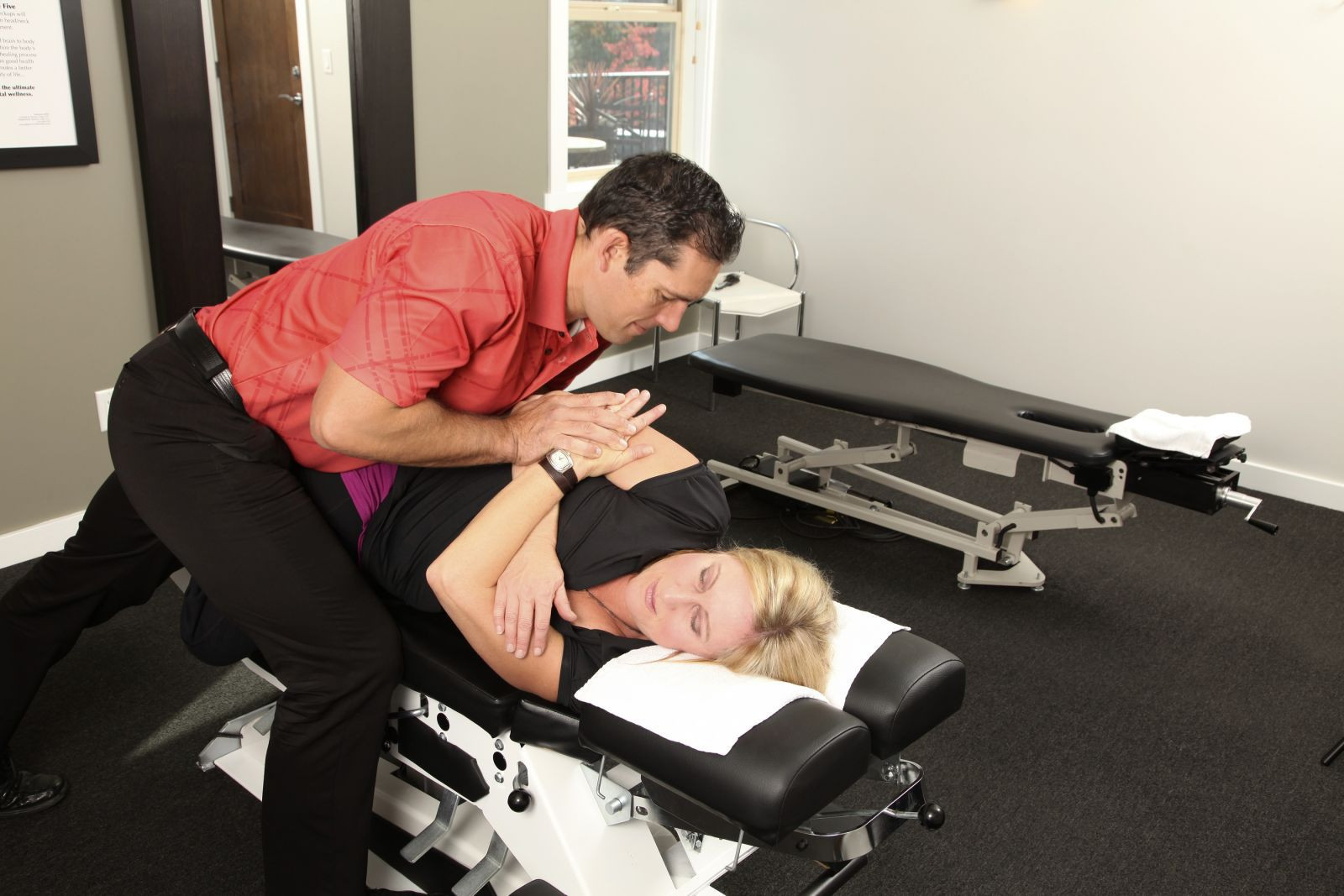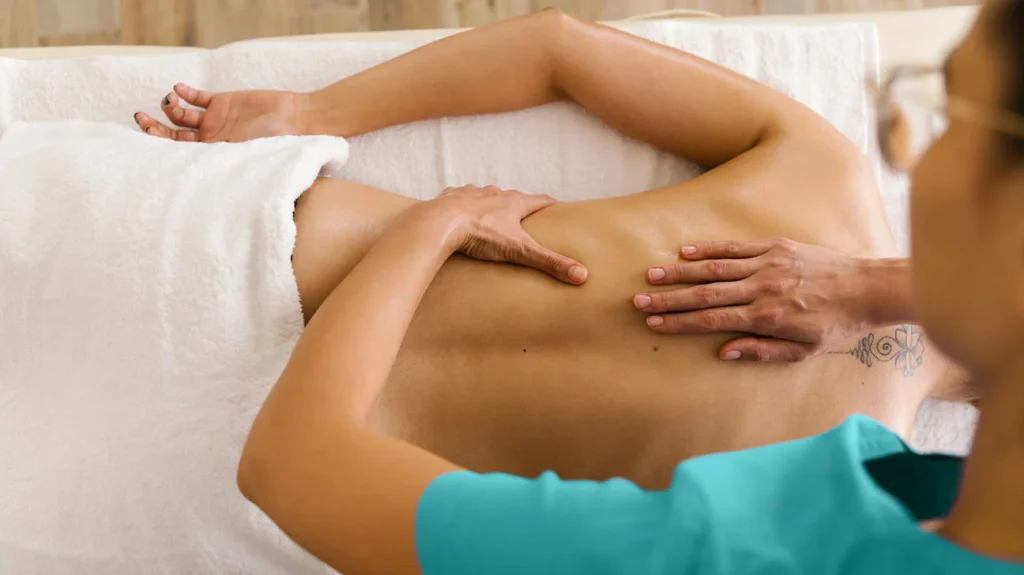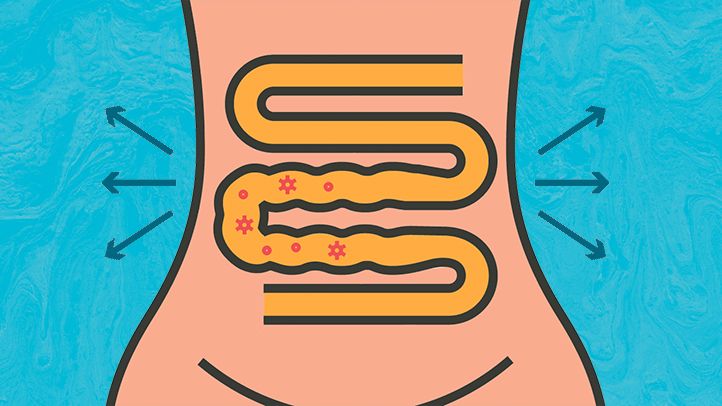Physiotherapy is an important healthcare modality in consideration for the restoration and maintenance of physical function, mobility, and health in general. Several techniques are available in Cambridge for pain management, sports injuries, post-surgery conditions, and age-related ailments, among others. Understanding different techniques assists a patient in making informed decisions about a choice between treatment options. In the following article, we will look at the range of physiotherapy technologies offered in Cambridge, and its convenience for someone trying their best to improve their physical state.
1. Manual Therapy
Physiotherapy is the use of manual therapy, which means the manipulation of muscles, joints, and soft tissues by hands. Manual therapies are widely available in Cambridge to correct pain indications and enhance the movement range of patients with increased tissue repair. Commonly used techniques include joint mobilization, muscle stretching, and soft tissue massage. These techniques are particularly effective in the treatment of musculoskeletal conditions concerning the problem of back pain, neck pain, and joint stiffness.
Instead, it is combined with other manual therapy approaches, making the treatment modality holistic. Since manual therapy indeed literally puts the therapist’s hands directly on the body of the patient, it allows the therapist to easily determine areas of the body that store tension or dysfunction, making it one of the most individualized treatments.
2. Exercise Therapy
Another essential element of physiotherapy in Cambridge is exercise therapy. The practice consists of program design and delivery for individual medical needs. Whether to treat post-surgery patients, people with chronic diseases, or to improve sporting performance at any level, exercise therapy is aimed at improving the strength, flexibility, and endurance of every person.
Cambridge physiotherapists design exercise programs under close collaboration with patients: safe and effective- in line with the patient’s objectives. They may include a mix of aerobics exercises, strength training, and flexibility exercises as may be patient-specific. The goal is to bring the physical condition back to optimal as much as possible and to prevent further injury by improving fitness and body mechanics.
3. Electrotherapy
Physiotherapy-electrotherapy involves the application of electrical stimulation to enhance the conditions for pain, the healing process, and the normalization of muscle functions. Such electrotherapy is already well-accepted in Cambridge to manage arthritis, tendonitis, and muscle weakness. Examples are Transcutaneous Electrical Nerve Stimulation, or TENS; ultrasound therapy; and interferential therapy.
These are treatments that stimulate nerves and muscles, improve blood flow, and reduce inflammation. Electrotherapy is very often prescribed along with other forms of physiotherapy for comprehensive treatment, especially in pain management and rehabilitation from injury.
4. Acupuncture and Dry Needling
Acupuncture and dry needling are specialized techniques in which some physiotherapists in Cambridge supplement their practice. Although both styles require the insertion of fine needles in the body at specific points, the purposes served are slightly different. Acupuncture is a technique originating in traditional Chinese medicine, in which a professional attempts to balance the flow of energy, or “qi,” within the body. Physiotherapists use their administration to cure a whole set of conditions that include chronic pain, headaches, and disorders with stress.
Dry needling is another relatively new modality in treatment methodology, which, in particular, acts on the trigger points of muscles to relieve pain and tension; hence, it helps in the management of muscle spasms, sporting injuries, and myofascial pain syndrome. Physiotherapists can perform acupuncture and dry needling alone or alongside other physiotherapy modalities to enhance treatment effects.
5. Hydrotherapy
Hydrotherapy, or aquatic therapy, involves treatment and exercise in an aquatic environment. Cambridge uses hydrotherapy as a treatment modality for patients in conditions where land-based exercises can be difficult or painful, such as arthritis, post-operative rehabilitation, and neurological disorders.
The buoyancy of water reduces the impact on weight-bearing joints and muscles, thereby easing the exercise regime, with little or no pain involved. The density of water further assists in strengthening as well as cardiovascular conditioning. Hydrotherapy has its greater scope for those patients who have to slowly strengthen the muscles along with mobility in low-impact conditions.
6. Postural Training
Postural training implies curing and enhancing posture and body alignment. Bad carriage of the body is a very common issue, which can lead to various problems with the back, neck, and repetitive strain injuries. Physiotherapists in Cambridge undergo training in postural training with an aim to endow patients with good postural habits in everyday life with minimal chances of injury.
This technique involves the assessment of a patient’s posture, highlighting areas of imbalance or weakness, and implementing specific exercises and education to make the necessary adjustments. Postural training can be especially helpful for office workers, athletes, and individuals recovering from injuries that affect their alignment.
7. Respiratory Physiotherapy
Respiratory physiotherapy is an area of specialty within physiotherapy that deals with an intervention aimed at improving lung mechanics and breathing. In cases of chronic respiratory diseases, such as asthma, COPD, or cystic fibrosis, this sort of treatment is really indispensable. The respiratory physiotherapy services offered in Cambridge have the aim of enabling patients to manage their symptoms and improve breathing efficiency, thus ultimately facilitating enjoyment in life.
Respiratory physiotherapy includes treatment modes of breathing exercises, chest physiotherapy, and the use of devices that help the clearance of the mucus from the chest thereby helping to improve lung function drastically, in addition to reducing the frequency of incidents due to respiratory symptoms.
8. Sports Rehabilitation
It is a specialty area in physiotherapy that incorporates the prevention, diagnosis, and treatment of sports injuries in both professional athletes and other physically active individuals in Cambridge. Sports rehabilitation techniques use manual therapies, exercise therapies, and functional training to ensure an athlete’s early and safe return to their respective sport.
Physiotherapists in Cambridge work with athletes in close cooperation to design and develop a rehabilitation program adapted to their specific requirements regarding the sport in question. This may involve strength and conditioning exercises, flexibility training, or sport-specific exercises to bring back performance and avoid further injury.
Conclusion
Physiotherapy in Cambridge offers a range of techniques to accommodate a variety of patients. The technique you adopt depends on whether you are dealing with chronic pain, recovering from surgery, or seeking to boost athletic performance. From manual therapy and exercise programs to specialty treatments like acupuncture and hydrotherapy, the options available in Cambridge are specifically designed to afford comprehensive care and, furthermore, to support your journey to better health.
For full details of what is available for physiotherapy in Cambridge, pay a visit to The Cambridge Physiotherapy. The highly qualified physiotherapists there will help you to investigate the best type of healing treatment available for your specific needs.




